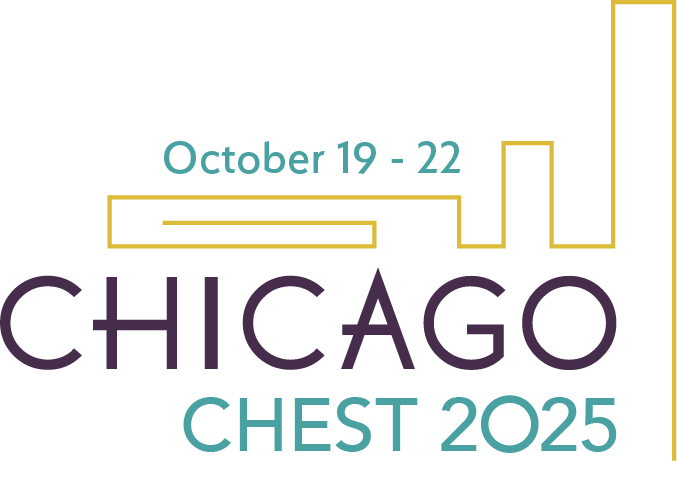
COPD is a heterogeneous disease that includes spirometric findings (symptoms such as dyspnea, cough, and functional limitation) and imaging findings. It is the top four leading cause of death globally, with an absolute prevalence of 239.39 million and 3.72 million deaths, reflecting a continued rise in the absolute number of individuals affected since 1990. The Global Initiative for Chronic Obstructive Lung Disease (GOLD) guidelines recommend for patients who have symptoms, exposure to risk factors, and spirometric prerequisites of a prebronchodilator FEV1/FVC ratio ≤ 0.7 to rule out COPD and a postbronchodilator ratio ≤ 0.7 to confirm the diagnosis, aiming to avoid overdiagnosing volume responders and underdiagnosing flow responders. But does one size fit all?

Despite its central role in confirming COPD, physiologic testing can be more of a barrier than a facilitator in routine clinical practice due to its underuse, resource demands, and accessibility challenges. The COPDGene study, published in 2019, used people with a history of smoking and addressed the significance of three additional characteristics: symptoms, imaging, and spirometric data, individually and all together. Based on the physiologic, structural, or clinical evidence present in the total 8,784 individuals, they divided them into Possible (one of three characteristics), Probable (two of three characteristics), and Definite (three of three characteristics) COPD. They found that each additional characteristic increased the odds of FEV1 decline and all-cause mortality. The study noted that by using the COPDGene classification, 82% of the total cohort could be classified into Possible, Probable, and Definite COPD as opposed to only 42% with the traditional GOLD definition. This study raises the question that if we wait for our patients to fit in the current predefined spirometry criteria for COPD diagnosis, are we missing a window to start earlier risk modification?

The COPDGene study was a pivotal analysis in COPD diagnosis for several reasons.
- It emphasized that patients with exposure may not fit the airflow limitation parameters but may still have symptoms and/or imaging findings that affect their prognosis.
- It highlighted the need to further study patients with pre-COPD/GOLD 0 or preserved ratio impaired spirometry who may follow different disease trajectories with significant clinical outcomes despite not meeting spirometric criteria.
- It underscored the opportunity needed for earlier diagnosis, which can facilitate earlier disease recognition and risk factor management, thereby improving outcomes for our patients.
But the COPDGene study is not perfect either; it analyzed patients with smoking exposure, thus missing 25% to 45% of patients with COPD who have never smoked. The GOLD diagnostic criteria have been the mainstay in diagnosis of COPD for many years since its inaugural publication. However, the current definition still misses out on patients who have symptoms and/or imaging findings but who cannot, do not, or will not meet the spirometric definition.
With growing evidence on heterogeneity of patient presentation, we think that it is time to consider supplementing the GOLD definition with a multidimensional diagnostic framework that goes beyond spirometry to ultimately improve patient outcomes.
References
1. Wang Z, Lin J, Liang L, et al. Global, regional, and national burden of chronic obstructive pulmonary disease and its attributable risk factors from 1990 to 2021: an analysis for the Global Burden of Disease Study 2021. Respir Res. 2025;26(1):2. doi: 10.1186/s12931-024-03051-2
2. Singh D, Stockley R, Anzueto A, et al. GOLD Science Committee recommendations for the use of pre- and post-bronchodilator spirometry for the diagnosis of COPD. Eur Respir J. 2025;65(2):2401603. doi: 10.1183/13993003.01603-2024
3. Lin CH, Cheng SL, Chen CZ, Chen CH, Lin SH, Wang HC. Current progress of COPD early detection: key points and novel strategies. Int J Chron Obstruct Pulmon Dis. 2023;18:1511-1524. doi: 10.2147/COPD.S413969
4. Lowe KE, Regan EA, Anzueto A, et al. COPDGene® 2019: redefining the diagnosis of chronic obstructive pulmonary disease. Chronic Obstr Pulm Dis. 2019;6(5):384-399. doi: 10.15326/jcopdf.6.5.2019.0149
